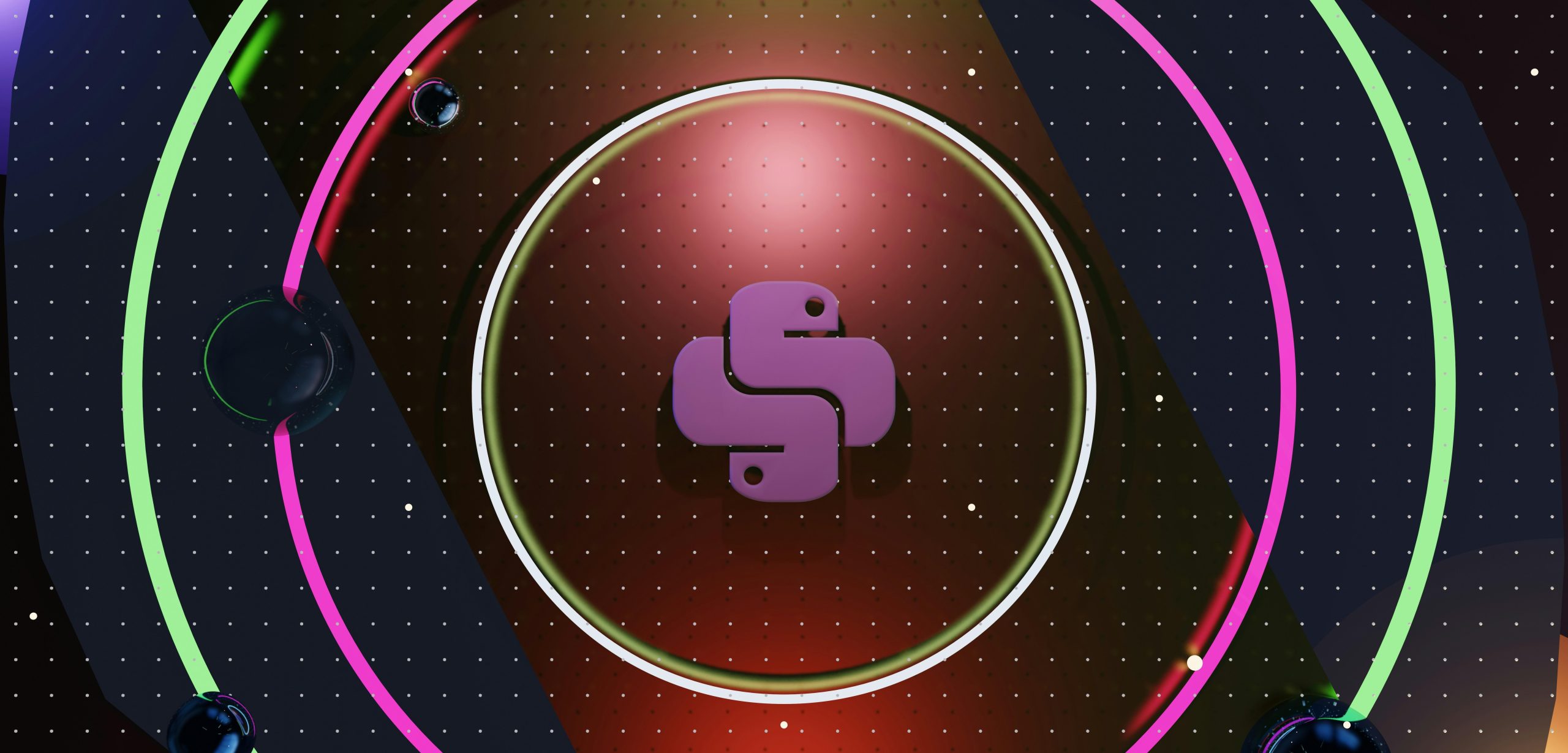Quentin Tarantino’s “Django Unchained” has been a subject of intense debate since its release, captivating audiences with its bold narrative and provocative themes. As a cinematic exploration of revenge set against the backdrop of antebellum America, the film intertwines visceral storytelling with a controversial depiction of racial violence and retribution. This article aims to critically analyze “Django Unchained,” focusing on its portrayal of revenge as both a narrative device and a moral conundrum. By examining the film’s thematic layers, character dynamics, and stylistic choices, we will assess how Tarantino navigates the complex interplay between historical reality and cinematic fiction, challenging viewers to reconsider the ethical implications of vengeance. Through a confident and analytical lens, this review seeks to unravel the intricate tapestry of motivations and consequences that underpin the film’s revenge narrative, offering insights into its enduring impact on audiences and its place within the broader discourse on justice and morality.
Examination of Historical Context and Authenticity
The narrative of Django Unchained is set against the backdrop of pre-Civil War America, a period marred by the brutal institution of slavery. Quentin Tarantino’s film endeavors to portray this era with a lens focused on the visceral and violent quest for revenge. However, the authenticity of its historical context has been a subject of debate among critics and historians alike. The film’s depiction of slavery, while intense and unflinching, is intertwined with Tarantino’s signature style of exaggerated violence and dark humor, which some argue dilutes the historical reality. The character of Django, portrayed as an empowered and vengeful hero, challenges the traditional narrative of the oppressed slave, offering a revisionist take that prioritizes storytelling over historical accuracy.
Key elements contributing to the film’s historical authenticity include:
- Costuming and set design that reflect the antebellum South with meticulous detail.
- Dialogue that incorporates period-specific vernacular, albeit amplified for dramatic effect.
- Narrative devices that, while grounded in historical events, prioritize cinematic spectacle over factual representation.
While Django Unchained succeeds in creating a compelling and entertaining story, its commitment to historical authenticity remains complex, as it walks a fine line between historical drama and stylized fiction.
Analysis of Character Development and Motivations
In Quentin Tarantino’s Django Unchained, character development is intricately woven into the narrative, particularly through the lens of revenge. Django, portrayed by Jamie Foxx, transforms from a subdued slave into a vengeful, empowered figure. His motivations are deeply personal, rooted in the brutal separation from his wife, Broomhilda. This quest for revenge drives the plot, but it is nuanced by Django’s evolving sense of self-worth and autonomy. The film employs this character arc to explore themes of freedom and justice, reflecting a broader commentary on the legacy of slavery.
- Django’s Evolution: His transformation is marked by critical moments of choice, where he confronts the brutal realities of his world.
- Dr. King Schultz: As Django’s mentor, Schultz plays a pivotal role in shaping Django’s understanding of revenge and justice, offering both guidance and partnership.
- Broomhilda’s Influence: Her presence, though less physically prominent, is a constant motivational force driving Django’s actions.
The film critiques the traditional portrayal of revenge by intertwining it with a journey of self-discovery and empowerment. Django’s quest is not solely about retribution; it is equally about reclaiming his identity and agency in a world designed to strip him of both. This layered character development invites viewers to ponder the true cost and nature of revenge.

Critique of Cinematic Techniques and Storytelling
In Quentin Tarantino’s Django Unchained, cinematic techniques and storytelling merge to create a compelling narrative centered around the theme of revenge. Tarantino employs a distinctive visual style, characterized by dynamic camera movements and sharp editing, to immerse the audience in Django’s journey. The use of close-up shots amplifies emotional intensity, capturing the raw determination in Django’s eyes, while wide-angle shots establish the vastness of the antebellum South, underscoring the protagonist’s isolation and struggle. The film’s color palette shifts from muted tones to vibrant hues as Django gains power, symbolizing his transformation from a slave to a vengeful hero.
- Dialogue and Soundtrack: The dialogue, peppered with Tarantino’s trademark wit and grit, serves not only as a vehicle for character development but also as a critique of societal norms. The eclectic soundtrack juxtaposes contemporary music with traditional Western scores, enhancing the film’s anachronistic feel and underscoring moments of tension and triumph.
- Non-linear Storytelling: The narrative structure, while predominantly linear, incorporates flashbacks that reveal Django’s past, effectively building empathy and understanding of his motivations. This technique allows the audience to piece together Django’s backstory, deepening the impact of his quest for vengeance.
The film’s storytelling is bold and unflinching, weaving a tale that is as much about personal retribution as it is about systemic injustice. Tarantino’s approach to the revenge narrative challenges traditional tropes, presenting a protagonist who is both a product of his environment and a catalyst for change.

Recommendations for Balanced Representation in Film
To achieve a more balanced representation in film, particularly in narratives dealing with historical trauma and revenge, filmmakers can consider several approaches:
- Inclusive Storytelling: Engage writers and consultants from diverse backgrounds to ensure that the stories are authentic and respectful. This approach not only enriches the narrative but also provides a more nuanced portrayal of complex themes.
- Character Depth: Develop multi-dimensional characters who reflect the true spectrum of human emotions and motivations. This can prevent the oversimplification of characters into stereotypes, especially when dealing with sensitive historical contexts.
- Contextual Sensitivity: Ensure that the depiction of historical events and the associated emotions are handled with care, reflecting the gravity and impact of these events on different communities.
By implementing these strategies, filmmakers can create works that resonate more deeply with audiences and contribute to a broader understanding of the narratives they explore.








